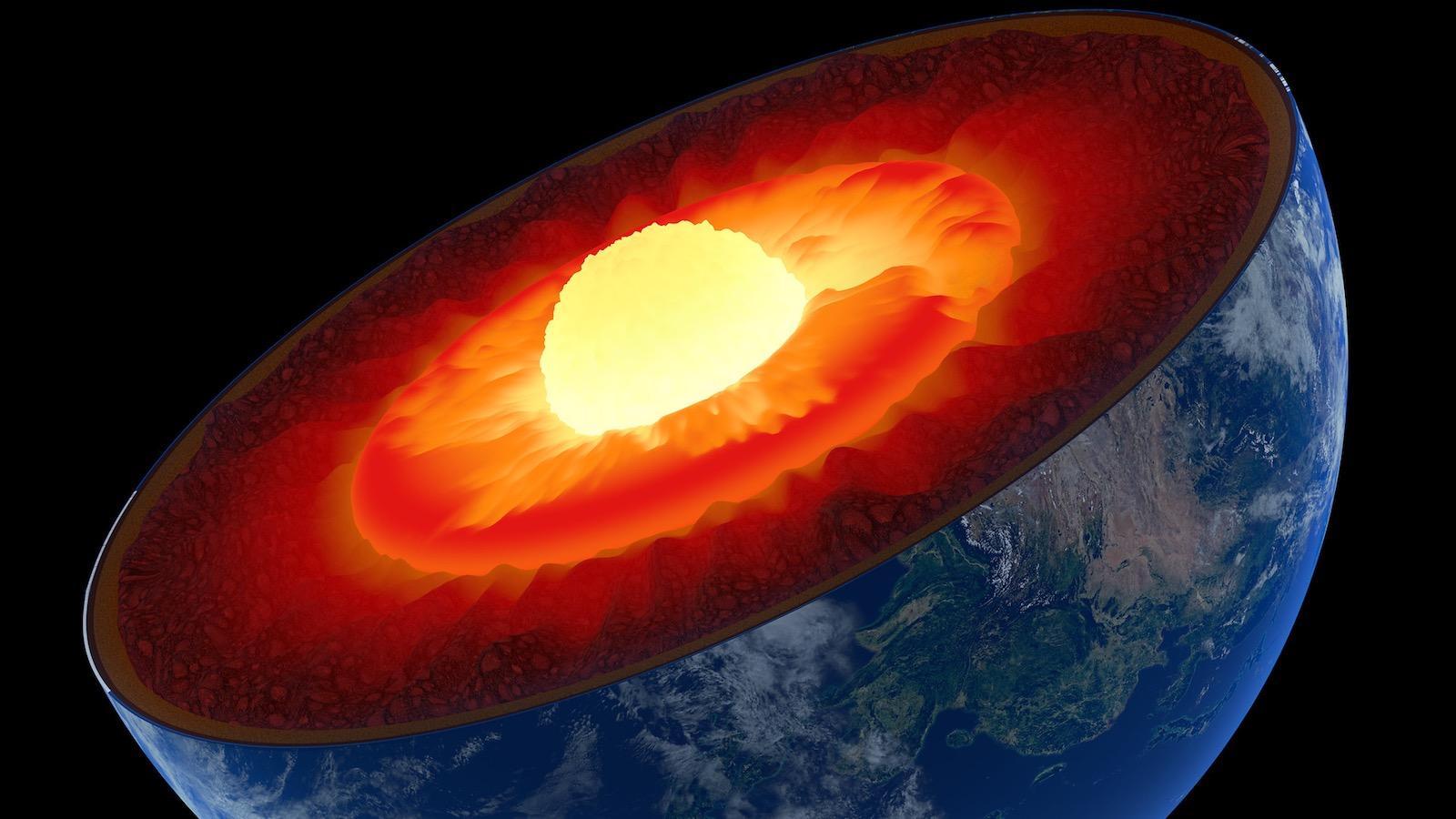The magnetism: from simple fridge magnets to cosmic forces
Follow us on Google News (click on ☆)
Long before the formation of Earth, magnetism already existed on a cosmic scale. Magnetic fields formed in stars and nebulae, influencing the birth of planetary systems. During the formation of the solar system, the young Sun, with its powerful magnetic fields, played a central role in organizing planets and other celestial bodies.
Regarding our planet, magnetism influenced its formation and internal structure. About five billion years ago, Earth was a hot plasma of swirling electric currents. These flows created powerful magnetic fields, later preserved in iron-rich minerals, like magnetite, during the cooling of the Earth's crust.
The discovery of magnetism dates back several thousand years. Legends tell how a Greek shepherd discovered magnetite when his iron-studded shoes were attracted to this rock. These stories, although anecdotal, illustrate the fascination that magnetism has always inspired. Over time, knowledge deepened, and scientists began to understand the underlying mechanisms of this force.
Today, magnetism is omnipresent in our daily and scientific life. From magnets on our refrigerators to powerful electromagnets used in medicine, its applications are vast and varied. Popular demonstrations, such as iron filings aligned by a magnet, visually illustrate the presence and strength of magnetic fields.

Image Wikimedia
Earth's magnetism, with its north and south poles, extends far beyond our planet, playing a crucial role in protecting against solar radiation and in the navigation of migratory birds. Magnetic rock formations, like those on the island of Elba or Mount Ida, retain the imprint of this powerful force.
